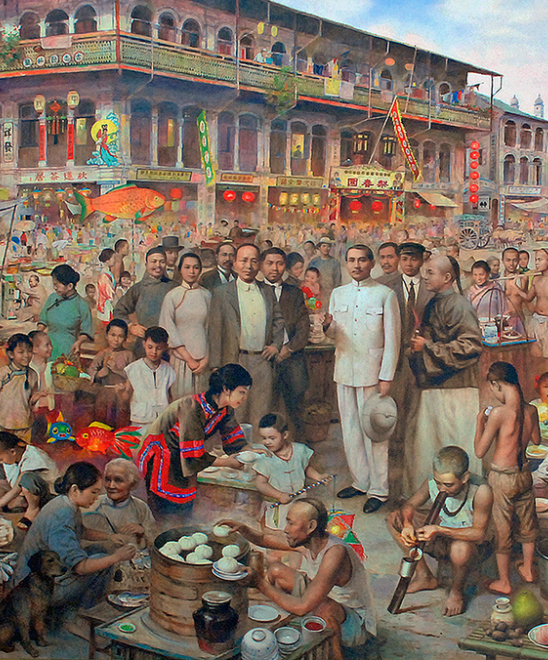Sources of East Asian Modernity, China and the Chinese Overseas, c.1890s-1930s

The 1890s to the 1930s was an era of enormous cultural and intellectual transformation for Asian men and women across colonial and semi-colonial East Asia. But its interconnections are often obscured by a nationalist bias to the modern history of Asia, which has corralled into narrow national stories what were in fact broader dynamics of world-historical change. These touched almost every sphere of modern life: globalization, imperialism, racism, capitalism, revolution, and the enduring debates they produced among Asians about modernity, progress, freedom and cultural authenticity.
This paper introduces students to a history of socio-cultural and intellectual change in East Asia that recovers these connections, and explores their tensions and disjunctures. It takes as its subjects transnational Chinese communities, whose lives bind the divided histories of the south Chinese coast and Southeast Asia, and offer us one of many possible lenses onto the complex, pre-national landscape in which modern Asians moved, lived, thought, wrote, and loved. We trace a history beyond nation-states from the early modern era to the 19th century, and explore how Southeast Asian Chinese migrants have navigated -- and been shaped by -- a range of colonial European, imperial Chinese and indigenous Southeast Asian contexts. We then move to explore how, both in tandem and in dialogue with the wider Asian communities among whom they lived, they began to construct new ideas of self, state and society at a time when everything, from the geopolitical stability of empires to the place of women in the home, seemed to be in flux.
Image: Painting by Chen Chudian (2015) Sun and Chinatown a Century Ago. On display at the Sun Yat Sen Nanyang Memorial Hall, Singapore.
